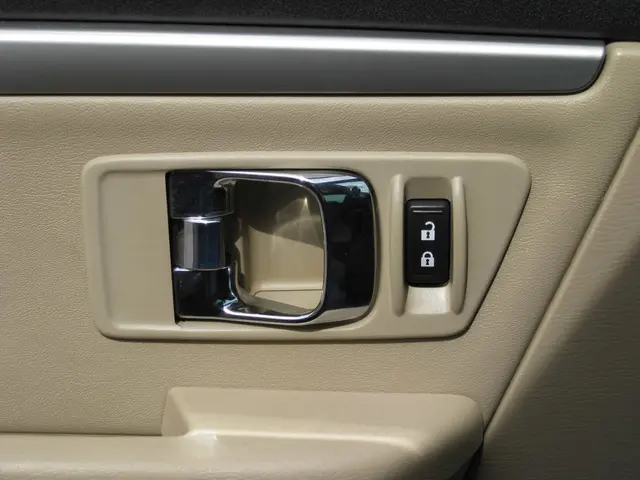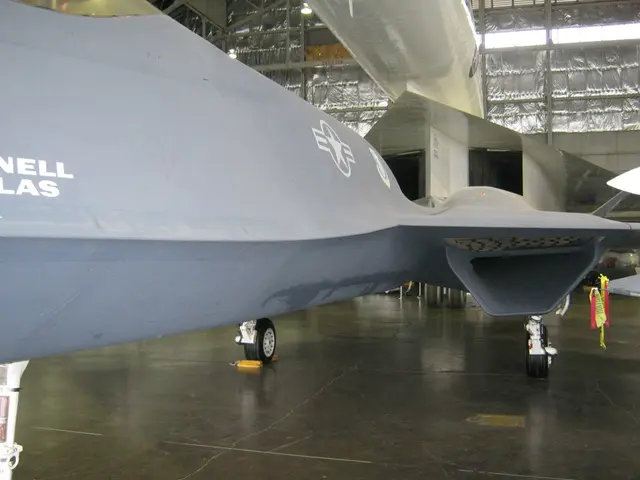Biometric Authentication and Adaptive Security-An Ideal Combination?
In the ever-evolving digital world, biometric verification has emerged as a crucial component in enhancing security and convenience. This technology, which uses unique biological characteristics to authenticate individuals, has found widespread application in various sectors, particularly in risk-based authentication (RBA).
One of the most common biometric methods used in RBA is facial recognition. This non-intrusive technology, found on smartphones and used for web authentication via standards like WebAuthn, excels in its low failure rates. However, it's sensitive to environmental factors such as poor lighting, camera quality, or extreme pose angles, which can affect performance.
Another biometric method gaining traction is voice biometrics. Barclays was among the early adopters, deploying a voice biometrics solution in 2013. This innovative approach allows customers to be identified through natural conversation, offering a seamless and non-intrusive user experience. Voice biometrics also excel in banking and customer service scenarios, and they are being explored for authenticating in IoT contexts.
However, the rise of AI-generated deepfakes poses a significant threat to biometric verification. Deepfakes can impersonate individuals during a biometric check, making it challenging to distinguish between the real user and a fake one. To combat this, many biometric vendors, like Regula, are implementing deepfake detection into their products.
In addition to facial and voice recognition, other biometric methods like iris scanning, palm vein scanning, and retina scans are used in border control and certain businesses. Iris scanning, for instance, is favoured for its extremely low false match rate, while palm vein scanning is secure and contactless. Retina scans, due to their invasiveness, are less common and are primarily used in the military.
Risk-based authentication is a login security framework that dynamically adjusts its requirements based on the calculated risk of each attempt. Key factors in the risk calculation include device and network context, user behaviour and history, behavioural biometrics, and transaction characteristics.
The global RBA market has seen significant growth, with an estimated $5.0 billion in 2023 and projections to triple to $16.5 billion by 2032. Modern solutions like Regula Face SDK, a cross-platform, fully on-premises biometric verification solution, are driving this growth. The Regula Face SDK includes integration with existing systems, advanced facial recognition with liveness detection, 1:1 face matching, 1:N face recognition, face attribute evaluation, adaptability to various lighting conditions, and multilingual support.
Despite the advancements in biometric verification, it's essential to remember that no system is foolproof. Presentation attacks, such as high-resolution displays and video loops, 3D masks and prosthetics, or voice replay and cloning, can bypass biometric systems. Secondary confirmation, such as a human in the loop or document liveness authentication, can help prevent such attacks.
In conclusion, biometric verification has become a vital part of RBA, offering a secure and user-friendly approach to identity and access management. As technology continues to evolve, we can expect to see further refinements and innovations in this field.
Read also:
- Federal petition from CEI seeking federal intervention against state climate disclosure laws, alleging these laws negatively impact interstate commerce and surpass constitutional boundaries.
- Duty on cotton imported into India remains unchanged, as U.S. tariffs escalate to their most severe levels yet
- Steak 'n Shake CEO's supposed poor leadership criticism sparks retaliation from Cracker Barrel, accusing him of self-interest
- President von der Leyen's address at the Fourth Renewable Hydrogen Summit, delivered remotely




